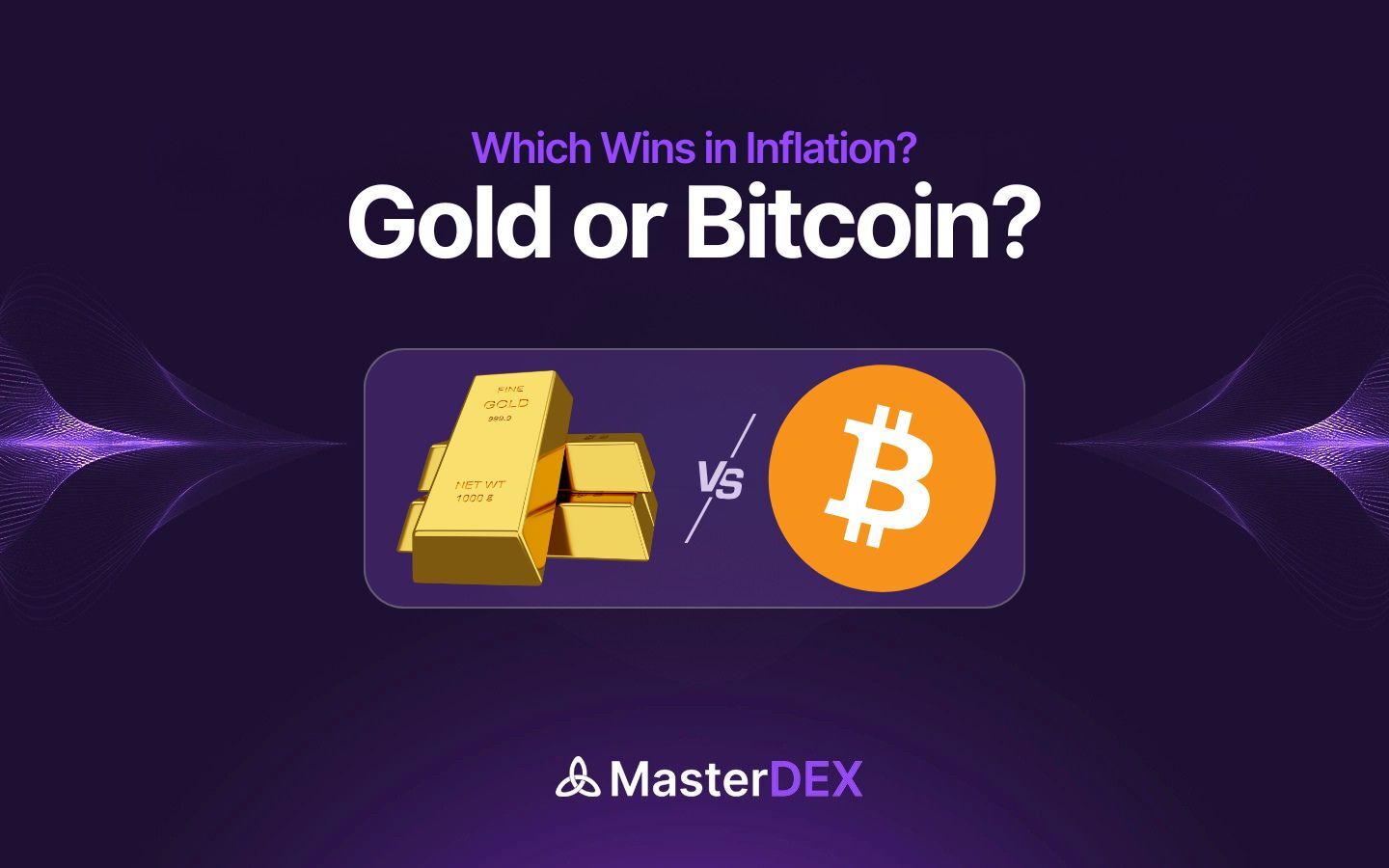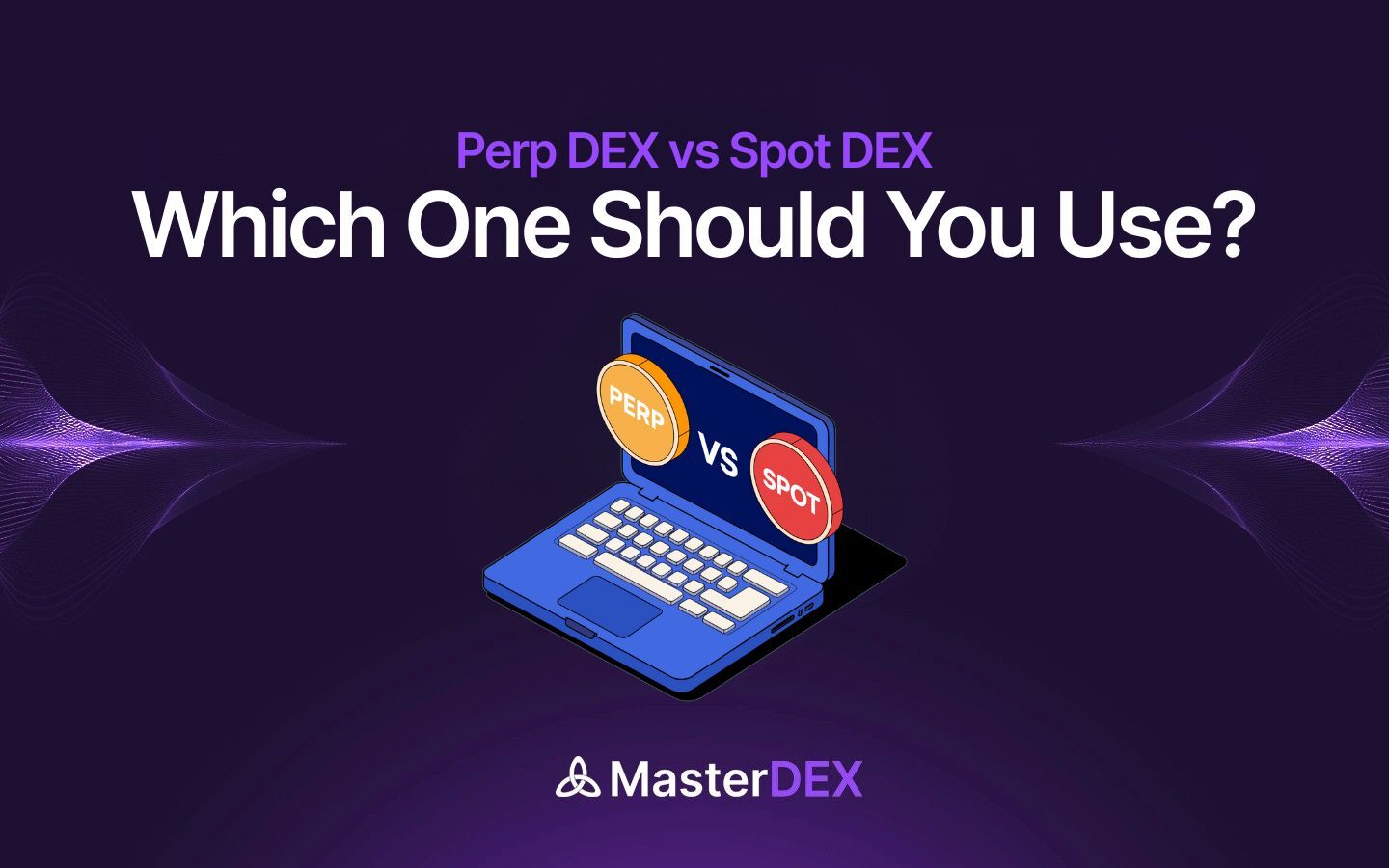Table of Contents:
ToggleIntroduction: The Return of Stagflation Concerns
Global markets are once again showing signs of an economic condition many believed was left behind in the 1970s — stagflation. Characterized by stubborn inflation, sluggish growth, and rising unemployment, stagflation creates a nightmare scenario for policymakers and investors alike. Central banks find themselves in a difficult position: tightening monetary policy risks deepening the slowdown, while easing it can further fuel inflation.
In such uncertain times, the question of “where to park value safely” becomes critical. Traditionally, gold has been the go-to hedge — a tangible, time-tested store of value that has protected wealth for centuries. But now, in the digital era, Bitcoin has emerged as a modern alternative, often referred to as “digital gold.”
As the global economy faces renewed inflationary pressures, energy shocks, and weakening productivity growth — what some analysts call “Stagflation 2.0” — investors are increasingly debating: Which asset will serve as the ultimate hedge — Gold or Bitcoin?
This article dives into that question by exploring how both assets perform during periods of stagflation, their underlying characteristics, and whether they can coexist in the modern financial landscape as complementary hedges.
Understanding Stagflation 2.0
Stagflation is an economic paradox, a period when inflation remains high even as economic growth slows and unemployment rises. It challenges conventional economic theory because inflation is typically associated with expansion, not stagnation. The last major bout of stagflation occurred in the 1970s, triggered by oil price shocks, loose monetary policy, and structural inefficiencies in major economies.
Fast forward to today, and a similar pattern is beginning to re-emerge, what many analysts call “Stagflation 2.0.” While the drivers have evolved, the outcome feels familiar: rising living costs, persistent supply constraints, and sluggish growth despite aggressive rate hikes by central banks.
This modern version of stagflation is shaped by new global dynamics:
- Post-pandemic supply disruptions, especially in energy and commodities.
- Geopolitical tensions, including trade wars and conflicts that pressure supply chains.
- Massive fiscal spending and debt-fueled economies that limit policy flexibility.
- Shifts in labor markets and demographic pressures impacting productivity.
Unlike the 1970s, however, today’s financial landscape is far more digitally interconnected, and alternative assets like cryptocurrencies have emerged as new potential hedges against economic turmoil.
As investors seek refuge from eroding fiat value and volatile equities, the comparison between gold — the old guard of safety — and Bitcoin — the digital challenger — becomes more relevant than ever in this new stagflationary era.
Gold: The Time-Tested Inflation Hedge
For centuries, gold has been the foundation of financial stability — a universal store of value trusted through wars, depressions, and monetary collapses. During periods of inflation and economic uncertainty, investors have historically turned to gold as a hedge against currency debasement and a safe haven asset.
A Historical Guardian of Wealth
Gold’s reputation as a protector of purchasing power dates back to the earliest monetary systems. In times of crisis — from the Great Depression to the 1970s oil shocks — gold prices have typically risen as inflation eroded the value of fiat currencies. For instance, during the 1970s stagflation, gold’s price soared more than 500%, reflecting investors’ flight from paper money to tangible assets.
Why Gold Works During Stagflation
Gold is not tied to any central bank or government policy. When interest rates fail to keep up with inflation, real yields turn negative, and gold becomes more attractive. Moreover, its limited supply and universal acceptance make it a natural hedge when trust in monetary systems wanes.
Limitations in the Modern Context
However, gold isn’t without drawbacks. It generates no yield, requires secure storage, and may not align with modern investors’ appetite for digital and liquid assets. In a world driven by technology and rapid capital movement, the physical nature of gold can make it less flexible than digital alternatives.
Despite this, gold remains the benchmark for safety, especially for conservative investors and central banks seeking to anchor their portfolios during economic turbulence.
Bitcoin: The Digital Hedge of the 21st Century
As the digital era unfolds, Bitcoin has emerged as a modern alternative to traditional safe-haven assets like gold. Often dubbed “digital gold,” Bitcoin offers unique characteristics that appeal to investors seeking protection against inflation, currency devaluation, and economic uncertainty.
Scarcity and Decentralization
Bitcoin’s fixed supply of 21 million coins ensures scarcity, a key attribute that mirrors gold’s value proposition. Unlike fiat currencies, which can be printed at will by central banks, Bitcoin is immune to arbitrary monetary expansion, making it a potential hedge against inflation. Its decentralized nature also protects it from government interference or policy missteps that often erode fiat value.
Performance in Risk-Off Environments
While Bitcoin is historically more volatile than gold, it has increasingly behaved as a hedge during periods of macroeconomic stress. During times of rapid currency debasement or geopolitical uncertainty, investors have turned to Bitcoin to diversify their portfolios and preserve value. Its digital format allows for fast, borderless transfers — a feature gold cannot match.
Challenges and Considerations
Despite its promise, Bitcoin is not without limitations. Its price volatility remains significant, and regulatory uncertainty in multiple jurisdictions can impact adoption. Moreover, widespread institutional acceptance is still evolving, meaning that in extreme market downturns, Bitcoin could behave unpredictably.
Modern Adoption
Nevertheless, Bitcoin’s growing integration into financial systems, such as corporate treasuries, ETFs, and payment platforms, highlights its potential as a complementary hedge alongside traditional assets. Younger investors and tech-savvy participants increasingly view Bitcoin as a store of value and a way to counteract inflation, bridging the gap between digital innovation and financial security.
In essence, Bitcoin represents a 21st-century evolution of the safe-haven concept, offering a high-risk, high-reward alternative to gold that is particularly suited to the digital, globalized economy.
Comparative Analysis: Gold vs. Bitcoin in a Stagflation Scenario
When evaluating the ultimate hedge for Stagflation 2.0, it is essential to compare gold and Bitcoin across multiple dimensions: historical performance, volatility, liquidity, adoption, and behavioral dynamics.
1. Correlation with Inflation and Market Volatility
Gold has historically maintained a strong inverse correlation with inflation-adjusted currency value, rising when fiat currencies weaken. During stagflationary periods, such as the 1970s, gold provided real returns even as economic growth slowed, making it the go-to hedge for cautious investors.
Bitcoin, while newer and more volatile, is increasingly seen as a digital hedge against fiat debasement. Unlike gold, Bitcoin’s performance does not always track macroeconomic indicators consistently due to market sentiment, speculation, and liquidity factors. However, its limited supply and growing adoption as a store of value suggest that in the long term, Bitcoin may partially mimic gold’s hedging properties.
2. Liquidity and Accessibility
Gold is highly liquid and globally recognized, but physical storage, transaction costs, and settlement times can pose practical challenges. Bitcoin, by contrast, is digitally native and easily transferable, allowing near-instant global transactions. This makes it particularly attractive in a digital-first, interconnected world, where fast, borderless access to value is critical.
3. Institutional Adoption and Portfolio Integration
Institutional investors and central banks have historically favored gold, cementing its reputation as a trusted hedge. Bitcoin is now catching up, with corporations, investment funds, and payment platforms beginning to hold BTC as part of their treasury strategy. While it still lacks the centuries-long track record of gold, Bitcoin is gaining credibility as a portfolio diversifier and inflation hedge.
4. Behavioral and Generational Preferences
Investor behavior also plays a role. Older generations often prefer gold for its tangible value, while younger, tech-savvy investors are more likely to trust Bitcoin’s scarcity and digital nature. In a stagflationary environment, these preferences can shape market dynamics, creating a scenario where both assets serve complementary roles in a diversified hedge strategy.
5. Risk and Volatility Considerations
Gold’s relative stability makes it a low-volatility hedge, ideal for conservative investors. Bitcoin’s high volatility means potential higher returns but greater short-term risk, which may appeal to risk-tolerant investors looking for outsized gains in uncertain economic times.
In a stagflation scenario, gold offers proven reliability and stability, while Bitcoin provides digital-age flexibility and high-return potential. The two assets are not necessarily mutually exclusive; rather, they can coexist as complementary hedges, catering to different risk appetites and investment horizons.
Can Gold and Bitcoin Coexist as Hedges?
While the debate often frames gold and Bitcoin as competing assets, there is growing evidence that they can coexist as complementary hedges in a diversified portfolio, especially during periods of stagflation. Rather than choosing between tradition and innovation, investors may benefit from leveraging the strengths of both assets.
1. Diversification Benefits
Gold and Bitcoin respond differently to market stress. Gold typically retains stability and real value, especially when equity markets falter or inflation surges. Bitcoin, on the other hand, may experience higher volatility, but offers the potential for significant upside and quick liquidity in digital markets. Combining the two can balance risk and reward, creating a more resilient hedge against stagflationary pressures.
2. Portfolio Allocation Strategies
Investors increasingly explore hybrid allocations, using gold as the bedrock of stability and Bitcoin as a growth-oriented hedge. For instance, a portfolio may allocate 60–70% to gold for preservation of wealth, with 30–40% in Bitcoin for inflation protection and potential high returns. This approach allows investors to capture the benefits of both assets while mitigating the inherent risks of each.
3. Generational and Behavioral Considerations
Different investor groups also influence how these assets coexist. Older investors often prioritize tangible, historically proven assets like gold. Younger, tech-savvy investors may favor Bitcoin for its digital nature and scarcity. By combining both, a portfolio can appeal to a wide spectrum of investors, addressing both traditional and modern perspectives on value preservation.
4. Emerging Trends in Institutional Adoption
Institutions are increasingly holding both gold and Bitcoin. Treasury managers, family offices, and hedge funds are experimenting with mixed allocations to leverage gold’s stability and Bitcoin’s digital scarcity, signaling that the coexistence of these hedges is not only possible but also practical in contemporary finance.
In a nutshell, Gold and Bitcoin do not need to be viewed as mutually exclusive. In fact, strategically combining both assets can provide a more effective hedge against the multifaceted threats of Stagflation 2.0, balancing stability, liquidity, and growth potential.
Summary: The Ultimate Hedge for Stagflation 2.0
As the global economy faces the twin threats of rising inflation and slowing growth, the question of how to protect wealth becomes more pressing. Both gold and Bitcoin have unique characteristics that make them potential hedges in a stagflationary environment, yet each brings different strengths and limitations.
Gold remains the time-tested safe haven, offering stability, liquidity, and centuries of trust. It shines in preserving value when fiat currencies weaken and provides a tangible anchor for conservative investors. Bitcoin, in contrast, represents a 21st-century digital hedge, offering scarcity, portability, and exposure to the fast-evolving digital economy. While more volatile, Bitcoin provides the potential for significant upside and a hedge against modern monetary policies that risk currency debasement.
Rather than viewing gold and Bitcoin as rivals, the most effective approach may lie in combining both assets in a diversified portfolio. Gold can serve as the foundation of stability, while Bitcoin adds a growth-oriented, digital dimension to wealth preservation strategies.
Ultimately, the ultimate hedge in Stagflation 2.0 is not a single asset but a balanced strategy that embraces both tradition and innovation, allowing investors to navigate economic uncertainty with confidence.



